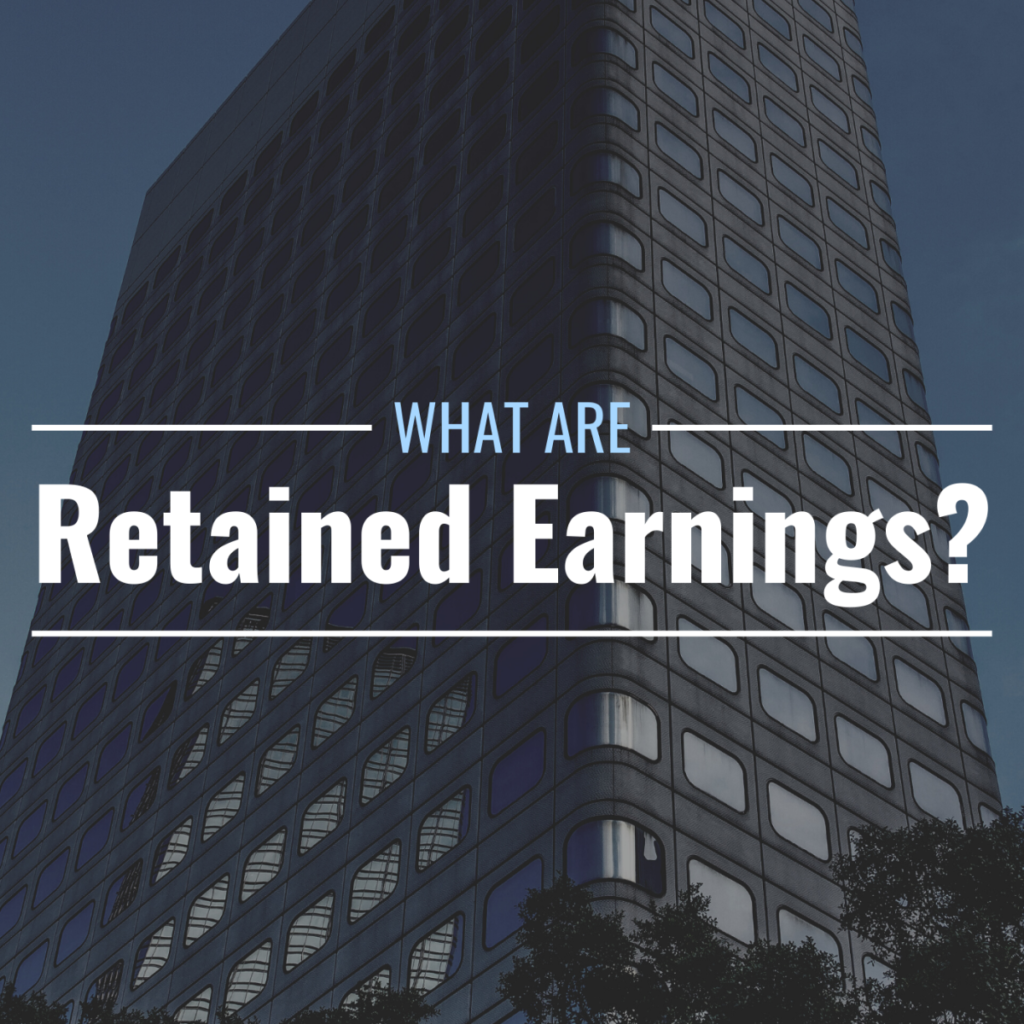
What Are Retained Earnings?
Retained earnings (RE) represent the portion of a company’s net income that is kept rather than paid out as dividends. This amount is left over after a business distributes profits to shareholders and can be reinvested for future growth.
When a business earns a profit, it has two options: distribute that profit as dividends or retain it. Companies focused on long-term growth often reinvest retained earnings to expand operations, develop products, hire staff, or pay down debt.
What Do Retained Earnings Tell You?
When a company reports surplus income, shareholders may expect dividends as compensation for their investment. Some prefer dividend payouts for immediate return, while others trust the company to reinvest earnings for future growth.
Dividends may be attractive for tax reasons, depending on jurisdiction. However, company leadership might decide that reinvesting profits is more valuable in the long run, particularly if they believe in the business’s trajectory.
Summary of Key Points
- Retained earnings are the net profit left after dividends have been distributed.
- The decision to retain or distribute earnings is made by the board of directors.
- Growth-focused companies often retain more earnings to fund expansion and development.
Utilizing Retained Earnings
- Distribute earnings partially or fully as shareholder dividends.
- Reinvest in operations — scaling production, hiring, or upgrading systems.
- Launch new products or services to enter new markets.
- Repay outstanding company debt to reduce interest expenses.
- Conduct share buybacks to increase share value and investor confidence.
Dividends are permanently removed from the company’s accounts, while retained earnings reinvested internally still benefit future financial performance — for example, by reducing debt or enabling strategic investments.
Retained earnings are also referred to as “earnings surplus” and reflect cumulative net income not paid out to shareholders. When expressed as a percentage of net income, this is known as the retention ratio: (1 − dividend payout ratio).
Even debt repayment, which results in a cash outflow, still counts as a strategic use of retained earnings because it reduces future liabilities.
Management and Retained Earnings
The decision to retain or distribute earnings typically lies with company management but can be challenged by shareholder vote. Management often favors retaining earnings if they believe in the company’s long-term growth potential.
From the management’s perspective, reinvesting funds internally often leads to higher returns than dividends, especially in growth phases. Investors who share this vision may prefer the company to hold onto cash for strategic projects.
A balanced approach is common — some earnings are distributed as dividends, while the rest is retained to support future operations and expansion.
 Globals-AI
Globals-AI
Trading CFDs on leverage involves significant risk of loss to your capital. CFDs are complex instruments and come with a high risk of losing money rapidly due to leverage.
Contact information
Phone number : ———
Customer Support Email: support@localhost
Risk Warning:
Please note, that we are providing the users of the Website with education services only which consist of various trading ‘training’ courses, including, but not limited to tutorials, blogs, education packages, and several levels of market coaching, offered solely for educational and training purposes on our Website, which you may purchase from the Company through the Website.
Trading in financial instruments involves high levels of risk. While we do not offer any trading services in relation with any financial instruments, it is important for us to highlight that you should not trade in any financial instruments, or deal with any financial services provider, unless you understand and can undertake all the risks involved. You are solely responsible to conduct your individual research before making any investment decision, and where appropriate obtain personal advice in this regard. We do not provide such advice, and you should consult independent advisors.
You must also note, that trading in financial instruments with any provider that you will chose involves a high level of risk. Trading in leveraged instruments (e.g. CFDs or forex contracts) involves an even higher risk of financial loss – leverage may work in your benefit, as well as against you. Trading in leveraged financial instruments may result in large financial loss (even of the entire amount of your investment). Before trading in any financial instruments, and even more so in leveraged financial instruments, you should make sure you fully understand, and can tolerate, the risks involved in trading. Trading in financial instruments is not suitable for all investors, and you are responsible to assess whether trading is suitable for you. We will not assess your personal situation (including financial situation) as we provide educational services only, and we cannot opine in the suitability of trading in general, or of trading in any particular financial instruments, might be suitable for you. We do not provide any trading, financial, tax or legal advice, and you should consult your own independent advisors before engaging in trading. Any information provided to you as part of our education services constitutes general information only, is not made personally for you, does not take into account your personal circumstances, and although it may contain certain predictions, does not include any guarantee that any such prediction should be correct or accurate. You are solely responsible to assess the quality of any information, as well as its appropriateness for your personal circumstances. We are not, and shall not be, responsible for any loss or damages you may suffer as a result of trading in financial instrument with any third party, or your reliance on any information, prediction, analysis or report provided to you. Do not trade with money which you cannot afford to lose. Or with borrowed money.